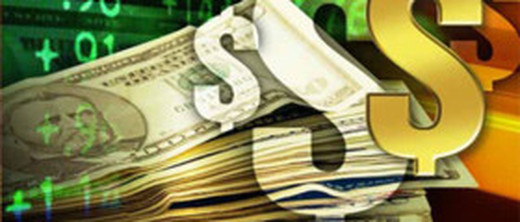The quantity of money in a country affects the level of prices, the rate of economic growth, and therefore the amount of employment. If the money supply increases, people have extra money to buy things, and their demand, manufacturers hire more workers to increase output. Earnings rise and spending increases, leading to further economic growth. However, if output cannot keep pace with demand, prices will increase. A continuing rise in prices is called inflation. Inflation may cause problems for people whoso income does not keep pace with rising prices. If the money supply shrinks, people have less to spend. Goods and services remain unsold. Prices fall. Manufacturers cut back on production, and many businesses lay off workers.
The main economic goals of early all nations are to promote economic growth and high employment with a minimum increase in prices. A government’s chief methods of promoting these goals are by its monetary policy and its fiscal policy. Monetary policy refers to how a government influences such factors as interest rates, the availability of loans, and the money supply. Fiscal policy refers to a government’s taxing and spending programs. To simulate the economy, a government may reduce interest rates, increase the money supply, reduce taxes, or boost its own spending. The following discussion focuses on monetary policy. For details on fiscal policy, see Economics (Economic stability).
The main economic goals of early all nations are to promote economic growth and high employment with a minimum increase in prices. A government’s chief methods of promoting these goals are by its monetary policy and its fiscal policy. Monetary policy refers to how a government influences such factors as interest rates, the availability of loans, and the money supply. Fiscal policy refers to a government’s taxing and spending programs. To simulate the economy, a government may reduce interest rates, increase the money supply, reduce taxes, or boost its own spending. The following discussion focuses on monetary policy. For details on fiscal policy, see Economics (Economic stability).

 RSS Feed
RSS Feed